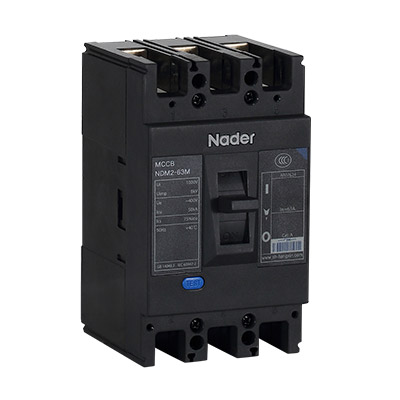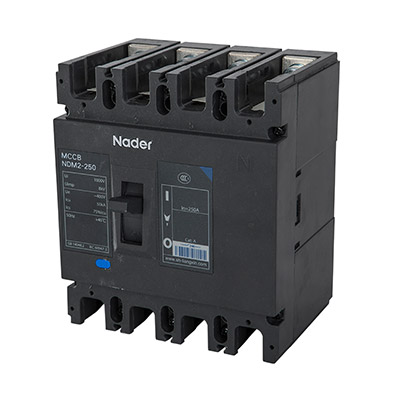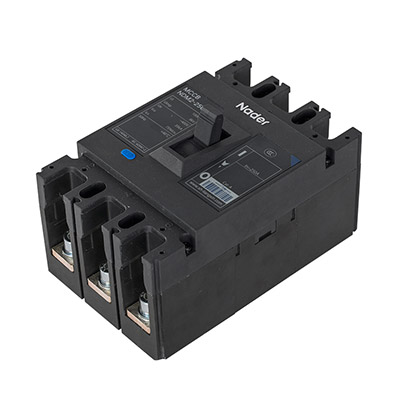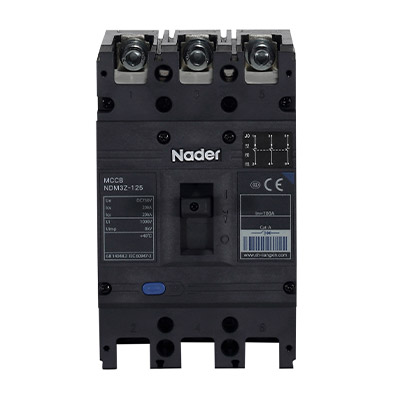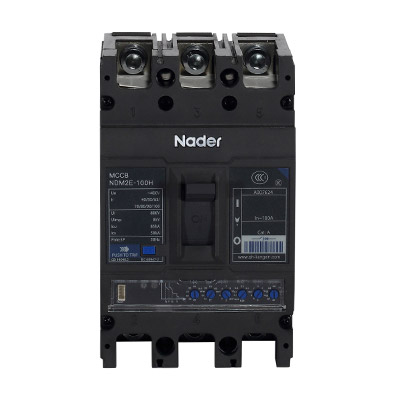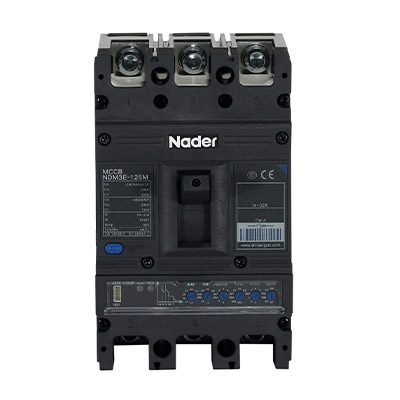NDM2 Series Molded Case Circuit Breaker
Updated:August 12,2022 14:59PM
Nader NDM2 series MCCB has the characteristics of small volume, high breaking height, short arcing and anti vibration. It is an ideal product for land and ship use. Its rated AC working voltage is 380V to 690V, which is suitable for infrequent switching and infrequent starting of motor in AC 50Hz/ 60Hz circuit. The circuit breaker has the functions of isolation, overload, short circuit and undervoltage protection, and can protect the line and power supply equipment from damage. This product complies with the standards IEC 60947-2 and GB/T14048.2.
2021 Quick Selection Guide »
Feature
Feature of NDM2 Series
- Four types: C type (basic), L type (standard), M type (higher breaking) and H type (high breaking type) by the rated limit short-circuit breaking capability.
- Smaller size, higher breaking capability.
- Efficient short arcing, vibration resistance.
Datasheet of NDM2 Series
NDM2-Series-MCCB-Datasheet.pdf
FAQs
Questions & Answers for NDM2 Series
-
What is a molded case circuit breaker?Moulded Case Circuit Breakers Explained. ... A moulded case circuit breaker (MCCB) is a type of electrical protection device that is used to protect the electrical circuit from excessive current, which can cause overload or short circuit.
-
What is the difference between MCCB and MCB?MCB is miniature circuit breaker which is used to break small currents. Like in domestic LT circuits. The ratings usually end up to 100 A. MCCB is a Module case circuit breaker which has a rugged construction as it can break larger currents usually from (100-1000A).
-
What is MCCB and its working?Molded Case Circuit Breaker (MCCB) is a circuit breaker and trip device assembled in a mould case. Also it can automatically cut off electric power in case of overload and short circuit. It is meant for higher rated current and is commonly used in Industrial applications.
-
What causes MCCB to trip?Circuit overloading is known to be the most common reason for circuit breaker tripping. It simply means that we're running too many heavy power-consuming devices at the same time on the same circuit. The next most dangerous cause is a short circuit.
-
How do molded case circuit breakers work?The traditional molded-case circuit breaker uses electromechanical (thermal magnetic) trip units that may be fixed or interchangeable. An MCCB provides protection by combining a temperature sensitive device with a current sensitive electromagnetic device. Both these devices act mechanically on the trip mechanism.
-
Why we use Mccb instead of MCB?If evaluated from their power capacities, the MCB is essentially used for low-current requirements, such as, home wiring or small electronic circuits; while the MCCB is better used for high-power requirements. Type of electrical switch which protects the circuit from overload or short circuit.

